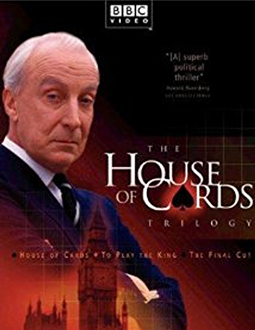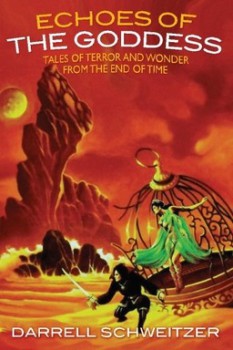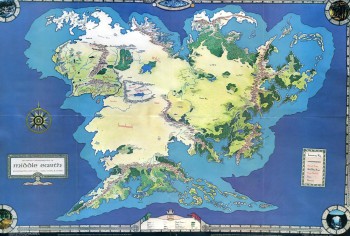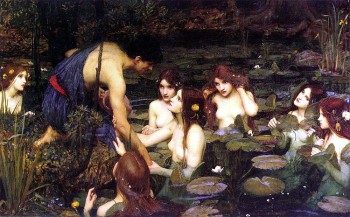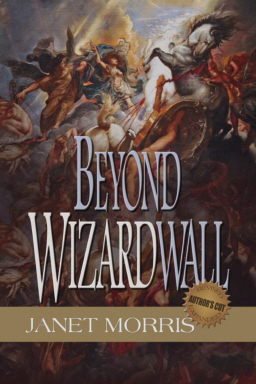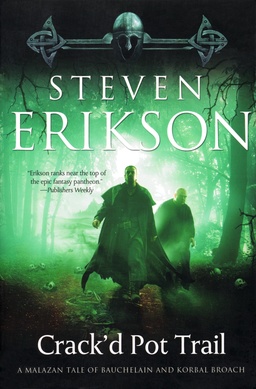A Writer’s Inspiration
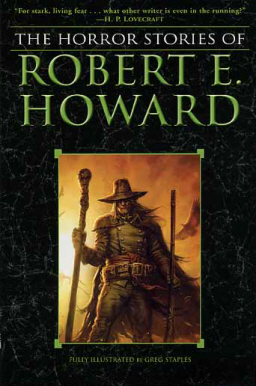 Something I’m often asked in interviews and by readers is what inspired me to write a book. Where do I get my ideas? It’s a difficult thing to pin down because there are so many elements involved, but I’m going to try to answer as fully and honestly as I can.
Something I’m often asked in interviews and by readers is what inspired me to write a book. Where do I get my ideas? It’s a difficult thing to pin down because there are so many elements involved, but I’m going to try to answer as fully and honestly as I can.
My source of first inspiration is myself. Not that my life is so very interesting, but what I mean is I’ve been a lover of stories for as long as I can remember. So when I’m brainstorming for a new book, the first person’s approval I seek is my own. What kind of story would I like to read? Because if I’m not writing stories I enjoy, then there’s no point.
My second inspiration is always my readers. This is the “performance” side of my writing. I’m not comfortable on stage or behind a microphone, but for some reason crafting a story to tell the world is my niche. In a way it feels safer than standing on a stage, all alone and vulnerable. Yet one of the first lessons you learn when you’re published is that not everyone is going to love your baby as much as you do. I always tell novice writers they better have thick skins because the world can be cruel. However, for all the slings and arrows lobbed in my direction from time to time, the experience of hearing from a happy reader is thrilling beyond words.
I’m also inspired by all the great writers who have come before me and those working now. I don’t think there’s ever been a time since I was eight or nine years old that I haven’t been reading fiction. I finish one book and pick up another. I also enjoy re-reading my favorite books/series. Glen Cook, Robert E. Howard, Robert Heinlein, Leo Tolstoy, H.P. Lovecraft, and many others — these are the foundations of my universe.
